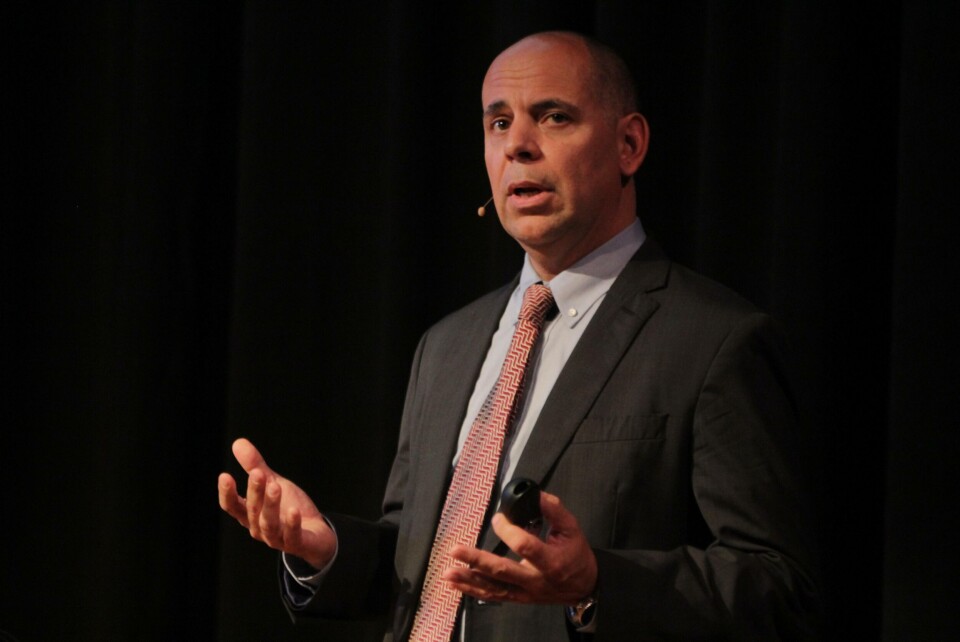
Targeting costs of $3/kg
Andrés Lyon, general manager of Multiexport Foods, believes that the Chilean industry could reduce its ex-cage production costs to US$3 per kg, on average, as long as certain requirements are met.
Since 2000 and until the appearance of the ISA virus in Chile, the country's salmon farming industry achieved ex-cage costs under US$ 2 per kg. Thereafter, this index started an escalation that, despite the best efforts of producers, the industry has failed to reverse. In some companies, this value is currently about US$ 4 per kg.
However, Andrés Lyon believes that an increase in the size of farms and cages would help to reverse this trend. “This means a greater number of fish per production unit without increasing the density,” he said.
He commented that both aspects, combined with improvements in nutrition and feeding techniques, could generate savings between US$ 0.50 and US$ 0.60 per kg. “Therefore, from US$ 3.80 or US$ 4 per kg, you can reach about US$ 3.40,” he said.
“If you add sanitary improvements, then you could reach US$ 3 per kg. This improvement would come as a result of controlled and reduced impacts of sea lice and SRS,” he said in interview with Salmonexpert, during the recent launch of the new Pharmaq vaccine against SRS.
For example, the executive commented that, if the cage is 30x30m and contains 50,000 fish, you cannot stock twice that number, but if the cage is 50x50m, then 100,000 fish could be stocked. “If you have a larger cage, you get lower costs in nets, monitoring, personnel and a lot of things. Thus, the farm achieves greater productivity, getting more tonnes per cage and site, allowing a dilution of indirect costs”.
He explained that this would require utilising fewer licenses per neighborhood. “In sanitary terms - and this has been scientifically proven - to have fewer licenses with more fish each one, is better than to have more licenses with fewer fish,” he said.
However, he also clarified that this potential change in the structure and distribution of licenses and neighborhoods would require several regulatory changes.
This is exactly what the industry and the authorities are currently discussing - with different formulas aimed at improving the legislation and boosting the competitiveness of the sector.






















































